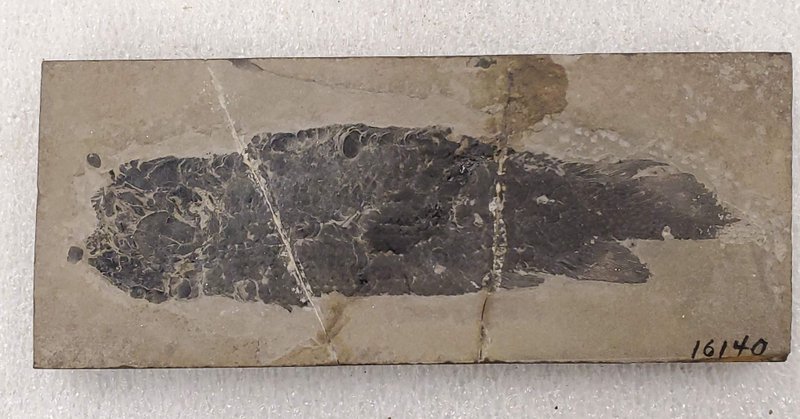
Michigan News
@UMichiganNews
Followers
18K
Following
2K
Media
4K
Statuses
13K
Michigan News tweets about innovative research, world-class experts, #MichiganToday and #UMichArts at @UMich.
Ann Arbor, Michigan
Joined March 2009
How do you advance global health? You empower nurse leaders! We welcomed nursing partners from across the Caribbean and Latin America for hands-on training aimed at improving health care education. #UMichNursing #GlobalHealth #Education
https://t.co/OZBWemY2gp
0
4
6
When tiny freshwater crustaceans called daphnia are infected with a parasite, the mothers are able to shake off the disease. But many of their offspring died young. @UMichEEB researchers say if we only focus on how an infection affects a single organism, we may be missing its
0
0
0
New findings from a @UMich survey of Detroiters showing the top challenges households face in their daily lives and how they would like city leadership to respond have implications for Detroit’s mayoral election in November. https://t.co/61nwAxkssO
1
0
0
Webb Keane, professor of anthropology @umichLSA, weighs in on "AI psychosis," following recent high-profile cases of users losing touch with reality during conversations with bots. via @kcrw: https://t.co/HFEMulxu6O
2
2
2
Michigan needs nurses, but students are being turned away. Christopher Friese, professor of nursing @UMichNursing, discusses the shortage of nursing educators to train the next generation of nurses. via @crainsdetroit: https://t.co/TGz1D9RcAo
0
2
3
Carbon dioxide removal is necessary in our world, but corporations are supporting this technology instead of reducing emissions. Jonathan Overpeck, dean of the School for Environment and Sustainability @UMSEAS discusses. “The priority has to be on reducing emissions, not on
0
0
2
The number of Michigan children whose parents died from overdose, suicide, homicide or other substance-related causes has surged since 2000, accounting for 2 in 5 parental deaths, a new @UMichNursing study found. https://t.co/dXqrFgQxOx
0
1
1
Sidney Ritchie’s life changed with her diagnosis of an aggressive brain cancer. Now she finds meaning and purpose through connection, volunteering, and “showing up fully”. Read how Drs. Al-Holou and Koschmann @umichmedicine helped Sidney navigate her treatment:
0
0
2
At the University of Michigan Biological Station @umichLSA, the Piping Plover Captive Rearing Center has spent three decades helping prevent the extinction of this federally endangered shorebird, contributing to the protection of the Great Lakes ecosystem. Learn more:
0
3
3
.@UMich faculty are available to discuss @uscensusbureau’s 2024 report on poverty & income statistics, to be released Sept. 9. The bureau’s Supplemental Poverty Rate—preferred by most scholars—was 12.9% in 2023, with 42.8M people in poverty. The poverty threshold for renting
0
0
1
Fewer third and fourth graders are proficient in reading, continuing a years-long slide for Michigan's youngest readers, recent test scores show. Elizabeth Birr Moje, dean of the Marsal Family School of Education @UMichEducation, discusses education reforms. via @detroitnews:
0
0
1
The evolving online language of younger generations is often a repeat of words and phrases with little discernment about where they came from. Jessi Grieser, associate professor of linguistics @umichLSA discusses. via @BusinessInsider: https://t.co/pnGf5rAhDN
0
0
2
News this week: Galactic implications, a vibrant arts scene and jaw-dropping evolution Check out some of this week's top stories from around the @umich.edu research scene: https://t.co/oJUCjFRjk2
0
0
0
UC Berkeley, UCLA, Michigan lead Forbes 2025 best public colleges rankings. https://t.co/aWBROyxawW
0
1
3
“Gray rocking” — a communication tool that involves responding to goading comments with a blank expression and calm, neutral tone — can be effective in situations where you don’t feel unsafe but do have to interact with a difficult person, says Sandra Graham-Bermann, professor of
0
2
5
Under Trump’s 2nd term, the signs of authoritarian rule are everywhere. This is competitive authoritarianism, not democracy, according to Don Moynihan, professor of public policy @fordschool. via @SubstackInc: https://t.co/0soVIcUglN
0
0
2
Editor's blog from @debholdship via #MichiganToday: In 1890, much of the annual move-in frenzy was confined to the Michigan Central Railroad station at 401 Depot St. Today we know it as the Gandy Dancer restaurant. https://t.co/m8WxHfs9m6
michigantoday.umich.edu
It's move-in day in the year 1890. Get thee to the railway station and collect that steamer trunk.
0
0
0
Racing under reduced winter sunlight for the first time, the U-M solar car was the leading North American car during the 2025 Bridgestone World Solar Challenge. They crossed the finish line on Thursday afternoon, marking the end of their four-day race across 1,800 miles of the
0
0
5
🐟 Bite by bite: @MichiganEarth researchers traced how jaws fueled the rise of vertebrates. In the Devonian, lobe-finned fishes (ancestors of today’s coelacanths & lungfish) drove jaw innovation—before stalling out. #Science
https://t.co/Y1IRTQiYPu
news.umich.edu
If you're reading this sentence, you might have a fish to thank. Fish were the first animals to evolve jaws. They use their jaws primarily to eat, but also for defense, as tools—such as to burrow or...
0
0
0





















